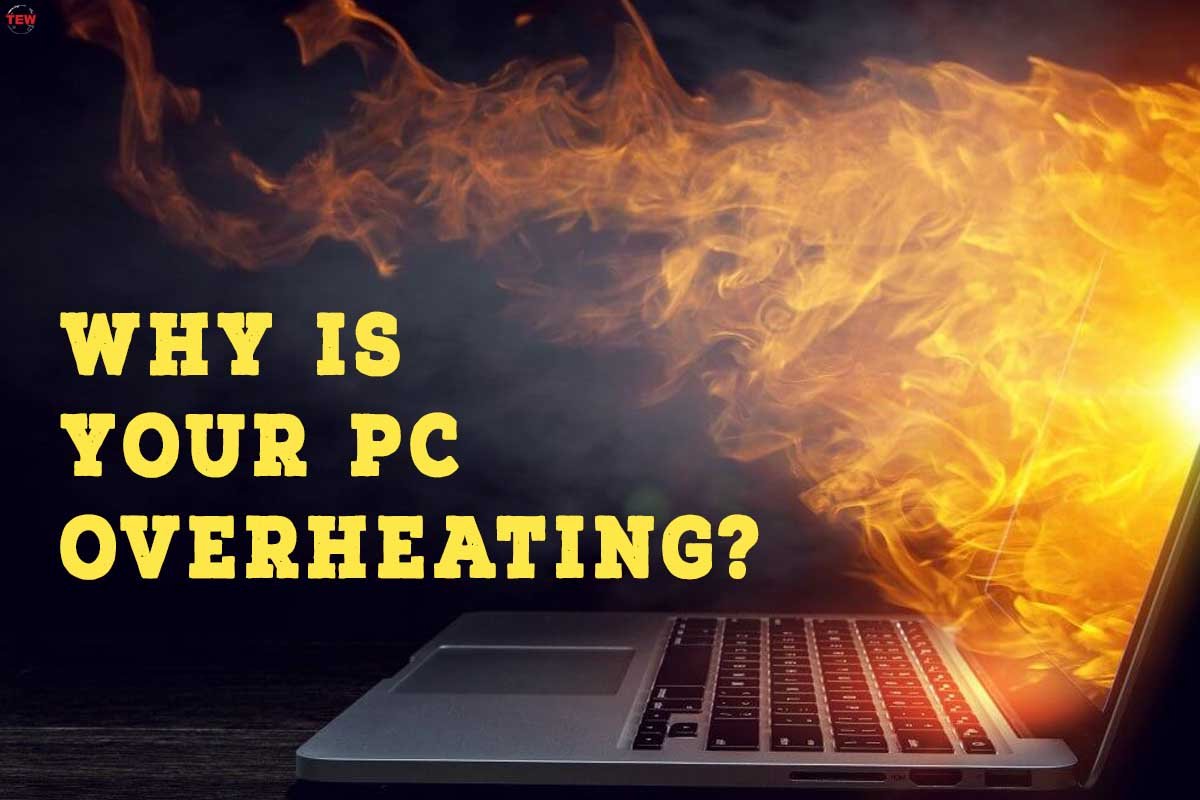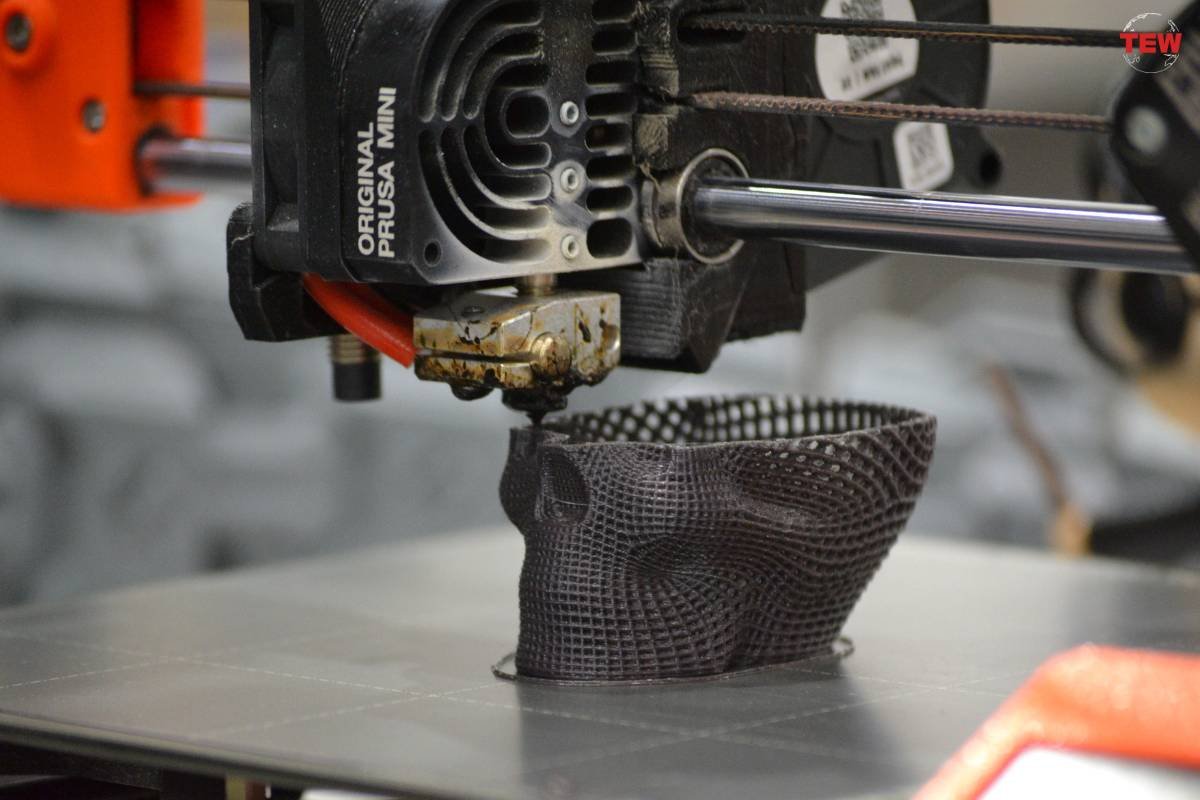Let’s understand why your PC overheat, what to do to prevent it, and why you should make regular checks of your PC overheat?
Why is your PC overheating?
CPU temperature is one of the most important indicators of the computer’s state, affecting not only the PC’s performance but also its performance. If the CPU temperature exceeds the norm, the user will face lags and freezes, and a particularly PC overheated processor can quickly fail and require replacement.
But many people need to learn what the CPU’s temperature is considered normal – or even how to find its current temperature. So don’t be surprised that while playing lightning roulette India, your computer can get very hot – this is normal. So in today’s article, we will cover this vital topic for every PC owner.
First of all, it depends on the processor itself. For example, let’s say the popular last year AMD Ryzen 5 3600 shuts down at 95 degrees Celsius, and the upper limit of the Intel Core i5-10400F is 100 degrees. So the first thing to do in the race for optimal temperatures is to find out which model is installed on your PC. The easiest way is with the Windows built-in “System Information” utility; you can find it through the Start menu search bar.
Determine the model. It remains to find out its specifications to understand what the temperature of the processor should be. As a rule, these details can be found in the documentation with the device, but if you need it handy, no problem. Processor manufacturers necessarily indicate the extreme heating temperatures on their websites with technical support – find your model there.
1. Normal/optimal temperature
Still: let’s say you know the maximum possible temperature of your processor, but that doesn’t say anything about what is considered optimal! What is regarded as an average processor temperature for a computer? It is easy to calculate. If you subtract about 25-30% from the T-junction figure, you get the average temperature of the processor at rest or without high loads. As a rule of thumb, for modern models, the average temperature in a normal state should be around 50-60 degrees Celsius.
When the computer finds itself under heavy load – whether it’s a demanding game or rendering video in an editor – the temperature naturally rises. So do not worry if, at such moments, the processor cores will reign at 70-80 degrees Celsius: it is pretty standard. Separately, it is worth mentioning what processor temperature is considered normal for a laptop.
Since it is much more challenging to cool the system in a small laptop case than in a spacious system unit, laptops are usually expected to reach higher temperatures. In these conditions, the processor will not last that long, but there is nothing you can do: you have to sacrifice something for the sake of compactness and mobility. Therefore, when calculating the optimal temperatures for a notebook, you can add 5-10 degrees Celsius to the figures mentioned above.
2. Critical Temperature
But what happens when the temperature approaches or reaches a critical level? The computer will noticeably slow down within 5-10 degrees of the upper limit due to the so-called thermal trotting. At exceptionally high loads, the processor will skip some machine cycles to prevent the temperature from rising to extreme values.
As a result, performance decreases sharply – programs begin to slow down, graphic artefacts may appear on the screen, noises in the speakers’ sound, and the system responds to any clicks with a noticeable delay. If the heating reaches the most critical indicators, special protection comes into play, urgently shutting down the computer to avoid damage.

If you encounter thermal trotting, it is a clear sign that something is wrong with the PC’s software part or the processor cooling system. Leaving this situation without attention is impossible because it not only interferes with the computer’s stable operation but can also put the user before the need to repair or replace the equipment.
Causes of heating and PC overheating
The range of possible causes of PC overheat of computer components is quite broad. First, too high a load on the system may lead to an excessive increase in temperature. Remember that the hardware resources of any computer are limited, and no processor can cope with too much for itself at once. The easiest way to check if the processor is overloading some individual programs is to use the Task Manager (invoked by the Ctrl+Alt+Delete key combination). In the list of active processes, they can be quickly sorted by CPU load, and particularly resource-intensive programs can be identified.
To follow up on what I said above: some viruses using your computer’s resources for their purposes can easily lead CPU temperatures to peak. In recent years, with the growing popularity of cryptocurrencies, cybercriminals are increasingly resorting to miner viruses, capable of extracting all the juice from your PC when you try to fill someone else’s wallet with crypto. So scanning for viruses is always a good idea!
Remember that the environment affects the individual computer components’ temperature. For example, suppose the computer is standing in an unventilated room or, worse, near heating elements. In that case, it will adversely affect the thermal condition of the processor and other system components.
Finally, the most common cause of PC overheating is a faulty cooling system.
CPU cooling systems
- Passive. The passive CPU cooling system includes all the analogue heat sinks and is based on the effect of natural convection – the circulation of air in and around the computer without external influence. It includes heat pipes connected to the processor, made of high thermal conductivity material, through which the heat is supplied to the radiator and dissipated. It is a critical element of the cooling system, so the first thing to do in case of PC overheating is to thoroughly clean dirt and dust from the heat pipes and radiator.
- Active. Active cooling system includes coolers – the fans that stimulate air circulation in the system unit or notebook case. Their blades move a tremendous amount of air every day, which inevitably turns out to be dusty, so coolers tend to clog up over time, negatively affecting their functions. Experts recommend cleaning the more excellent blades at least once every 3-6 months. And because the cooler is almost constantly in motion, this makes it one of the most subject to wear and tear of the PC – in the long run; it is practically an expendable material.

- Water/liquid cooling. Separately we should mention the increasing popularity of liquid cooling systems or LCCS. In addition to the cooler, they include pipes or flexible hoses through which the fluid with increased thermal conductivity – with its help, the processor and other components is removed from the heat. It is a very effective way of cooling, which works much quieter than traditional active systems and does not take up as much space in the case.
Remember to check your PC overheat to avoid damage!





